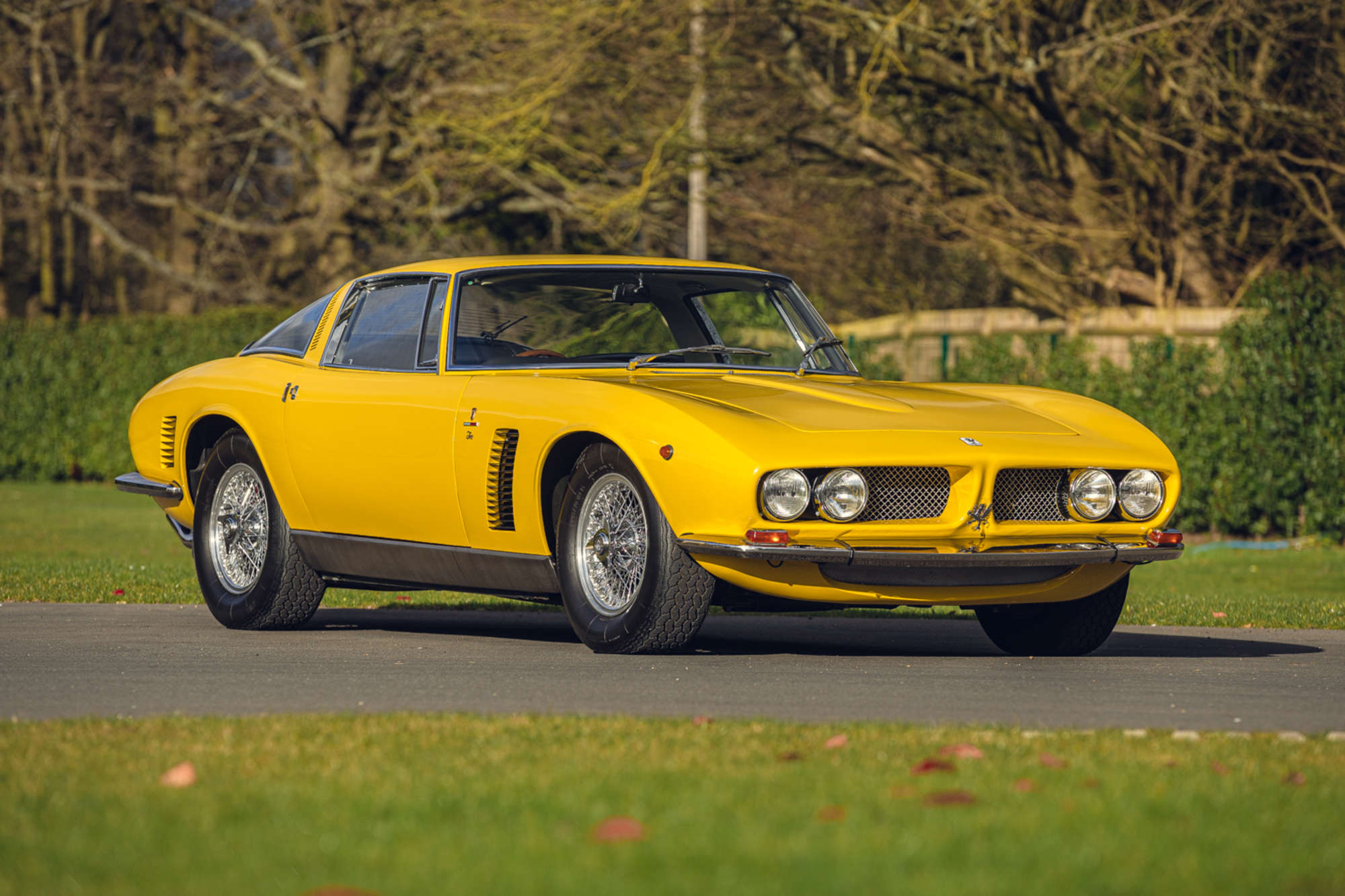Editor’s Note: This article was written by Harry Fisher, a new Silodrome contributor from South Africa. You can read more about him in the author box under this post.
The Iso Grifo combined Italian design flair with rugged – and powerful – American V8 power. This particular example was built in 1967 and imported to the UK and made an appearance in The Beatles’ Magical Mystery Tour film before being sold to motorcycle racing legend Mike Hailwood.
By the mid-1960s, the aura around Italian supercars was firmly entrenched. Designed and built by small factories with passionate workforces, they were the epitome of Italian design flair and mechanical superiority. While the likes of Ferrari and Maserati and, later, Lamborghini, built the whole car, including engines and gearboxes, there were other Italian manufacturers who chose a different, but no less impressive route.
Fast Facts – The Iso Grifo
- Iso started out making motorcycles after the second world war before moving on to the Isetta bubble car and later large road cars, always powered by American V8 engines. The first production models appeared in 1962, powered by a 5.4 litre (327 cubic inch) Chevrolet small block V8 driving through a Borg Warner four-speed manual gearbox. Power output was 300 bhp.
- Production output was small, even by Italian standards. Between 1963 and 1974, less than 2,000 Isos of all types were manufactured.
- The ISO Grifo appeared in 1963 and, with its stunning looks and huge American power, was an immediate success. This particular example was imported into the UK in 1967 and bought by motorcycle Grand Prix legend Mike Hailwood for his personal use.
- One of those was Iso, which started life as Isothermos of Bolzaneto, an engineering company making electric heaters and chillers. Bought by industrialist Renzo Rivolta in 1939, after the war he turned the company to making small motorcycles, which provided cheap transport for a war ravaged Italy.
- In the 1950s, he conceived and produced the Isetta bubble car. It was not a success in Italy so he licensed production to France, Brazil and most famously, to BMW in Germany, who went on to produce over 160,000 of the diminutive vehicles.
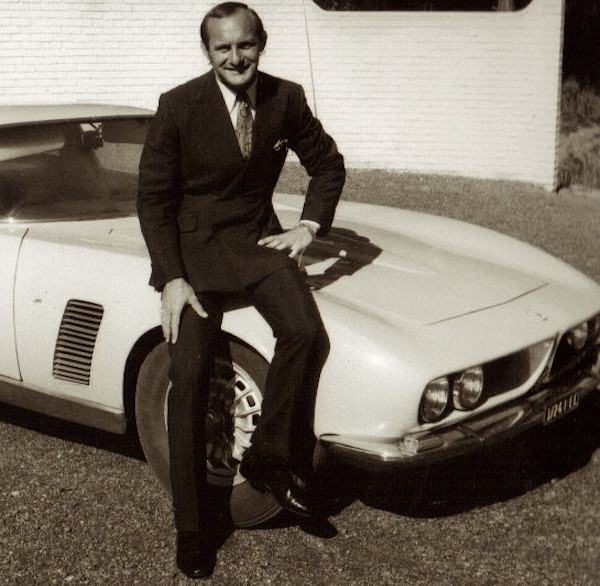

The First V8s
In the early 1960s, Rivolta introduced his first ‘proper’ car, the ISO Rivolta IR300, which was powered by a V8 engine from the Chevrolet Corvette, the ‘300’ referring to the horsepower output.
In 1965 came the Grifo, a car in the true Grand Turismo tradition, with styling by Giorgetto Guigaro and the mechanical side taken care of by Giotto Bizzarini.
Again, American V8 power was used, in the form of General Motors engines of 5.4-74 litre capacity. Taking this route not only saved huge amounts of development money but also gave these exotic machines more than sufficient power and, more importantly, rugged reliability.
Mike Hailwood’s Series 1 Iso Grifo
The Grifo up for auction here has led an interesting life. It was finished at the Iso factory in Milan on August 28, 1967 and fitted with a small-block Chevrolet 327 (5358cc) V8, driving through a ZF 5-speed gearbox and 3.31 differential.
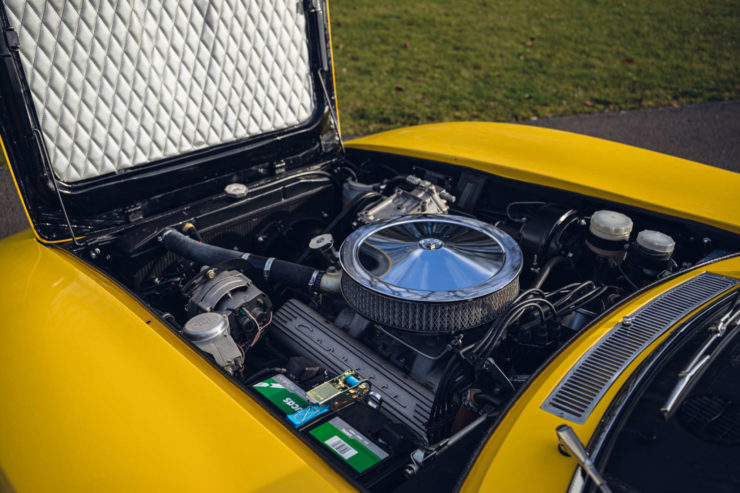

The UK importer, Trojan Ltd (which also built McLaren Can-Am cars under license) invited renowned journalist John Bolster from Autosport magazine to travel to the factory and drive the Italian-registered car back to the UK. Bolster was very impressed and wrote favourably about the car.
The Grifo then made a brief appearance in The Beatles’ Magical Mystery Tour film before being sold to motorcycle Grand Prix legend Mike Hailwood, then at the very peak of his fame. Between 1961 and 19671, he was the yardstick by which all others were measured and was as popular off-track as he was invincible on-track.
A nine-time world champion, he won 76 Grands Prix races, four consecutive 500cc world titles and 14 Isle of Man TT races. In 1968, he was effectively paid by Honda, who were pulling out of racing, to not ride for anyone else.
Hailwood returned to Formula One, in which he had dabbled in 1963. Driving for John Surtees’ eponymous team, he showed that he was just as skilful on four wheels as on two. He never won a race but came close on several occasions and raced successfully in Formula 2 (European Champion in 1972) and sports cars, finishing third in the Le Mans 24 Hours in 1969, driving a Ford GT40.
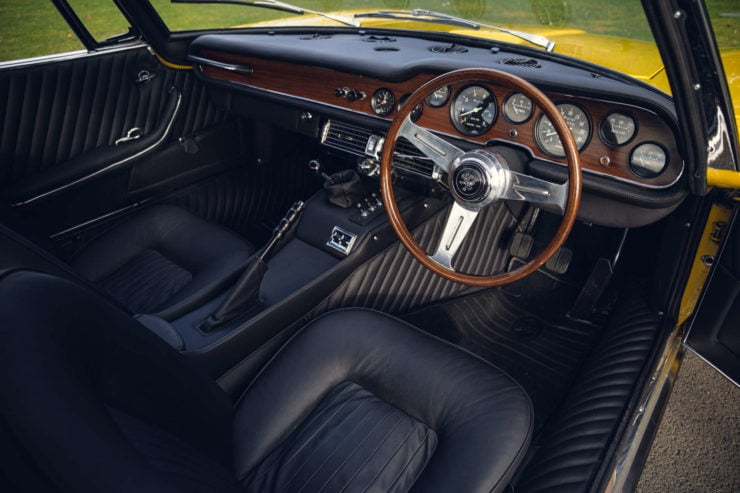

In 1974, he moved to the McLaren Formula 1 Team as team mate to Emerson Fittipaldi but a bad crash at the Nurburgring smashed his ankles and effectively ended his career.
George Medal For Bravery
If he was skilful, then he was also abnormally brave. During the 1973 South African Grand Prix at Kyalami, Clay Regazzoni crashed and was trapped in his burning car. Hailwood dived into the flames to try and get the unconscious Regazzoni out but his overalls caught fire.
After dousing them, he dived back in and succeeded in freeing Regazzoni. For his actions, Hailwood was awarded the George Medal, the second-highest gallantry award that a British civilian can be awarded.
Hailwood had a passion for fast and exotic cars and had owned examples of Ferrari and Maserati cars and in the 1970s would go on to run the Maserati-engined Citroen SM.
But the late 1960s was the time for more Italian exotica and the Grifo fitted the bill perfectly with its thunderous performance, Mike choosing to travel by car to many races on the European continent.
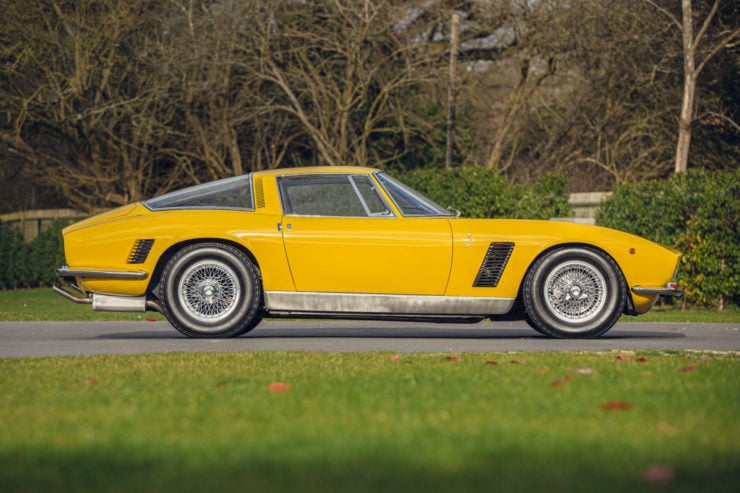

In 1969, Hailwood had the yellow Grifo shipped to South Africa for him to use as transport while he raced in the Springbok series, which included the Kyalami 9 Hours race in Johannesburg and the Cape Three Hours in Cape Town.
Incident With a Cow In South Africa
After retiring from the Cape race, Mike and team mate Peter Gethin (who would go on to win the fastest-ever Grand Prix, the 1971 Italian GP at Monza at an average speed of 150.75 mph) were traveling back to Johannesburg absolutely flat out in his thundering Grifo when, cresting a rise, they saw three cows standing in the road.
Mike chose the smallest of the three to hit and when the dust had settled, there was blood everywhere and a horn through the seat where Gethin was sitting: he had ducked just in time.
Gethin was understandably shaken but Mike just sat in the car, dripping with blood and, with his usual impatience, told Gethin to get in: he was wasting time!
The car was eventually repaired and was sold in 1972, Mike moving on to the Citroën SM. In 2009, the car was fully restored to its present condition and spent the next ten years or so in private collections before being offered for auction once again.
Being one of only 26 RHD examples of the Series 1 Grifo built, this is a very rare car, to say nothing of its impeccable provenance.
If you’d like to read more about this unusual classic or register to bid you can visit the listing here on Silverstone Auctions. The price guide is £300,000 – £340,000 which works out to approximately $374,000 – $424,000 USD.
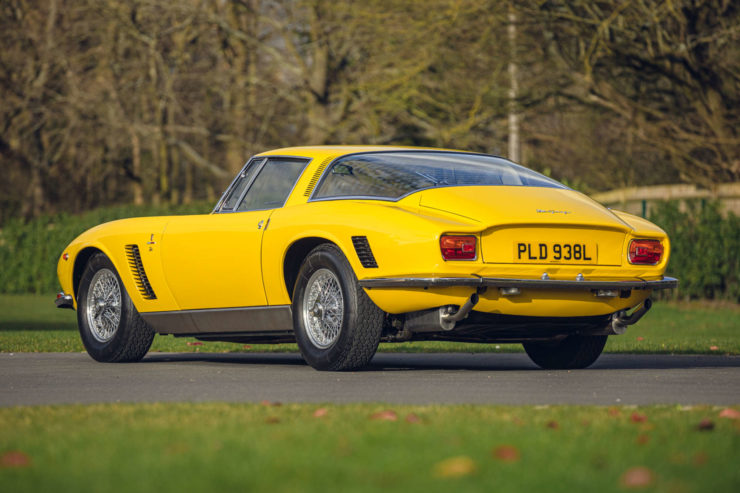
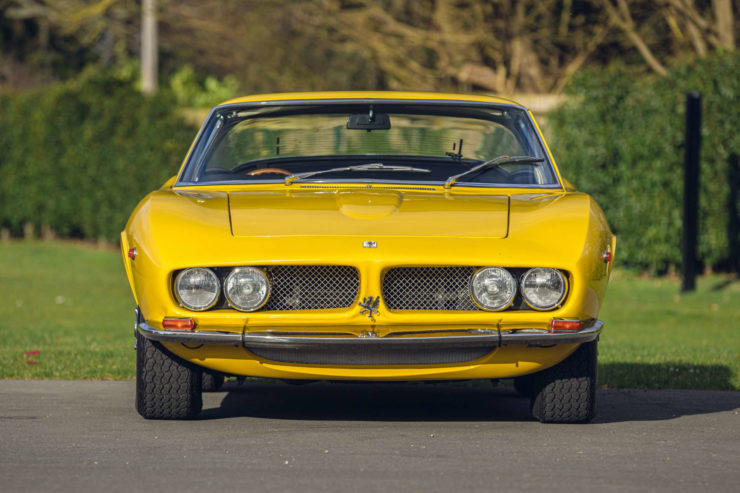
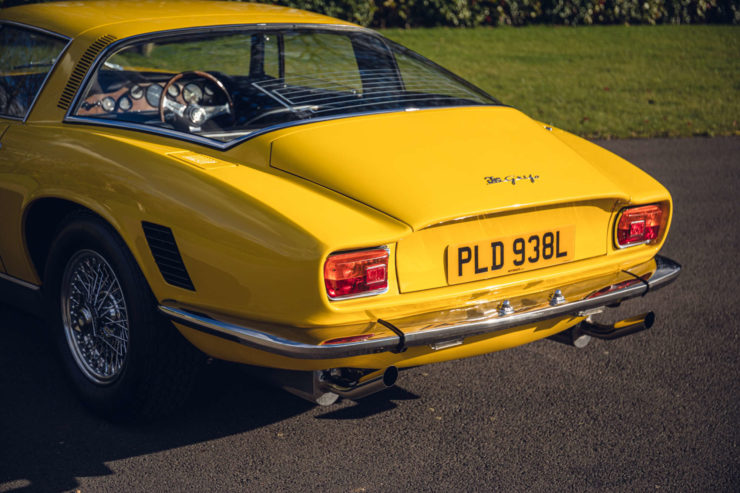
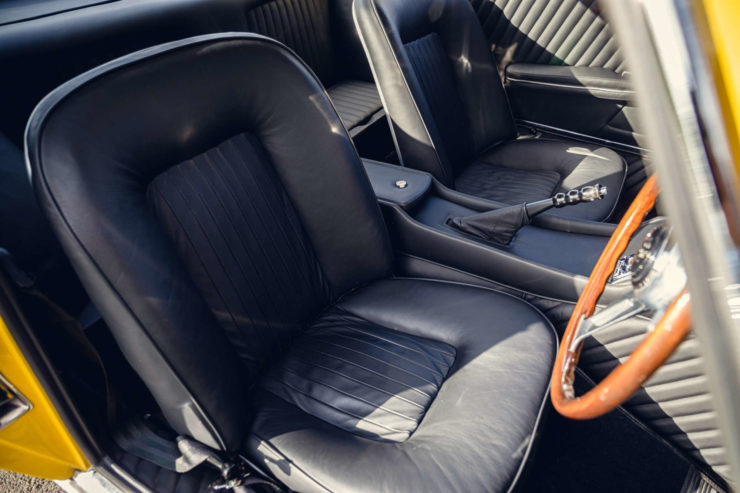
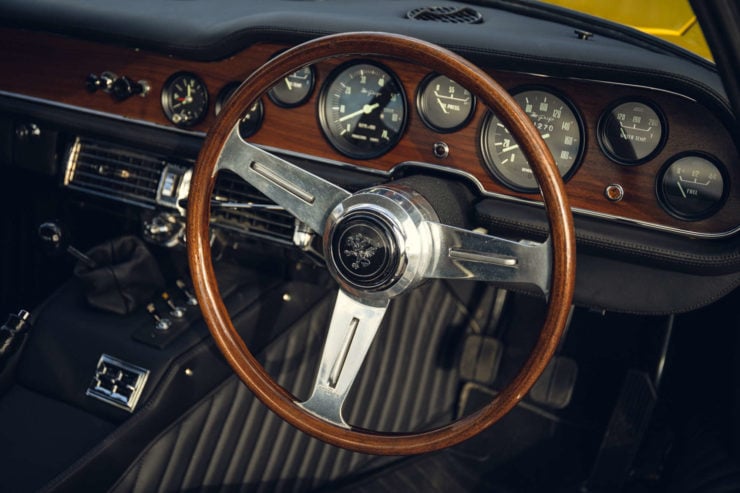
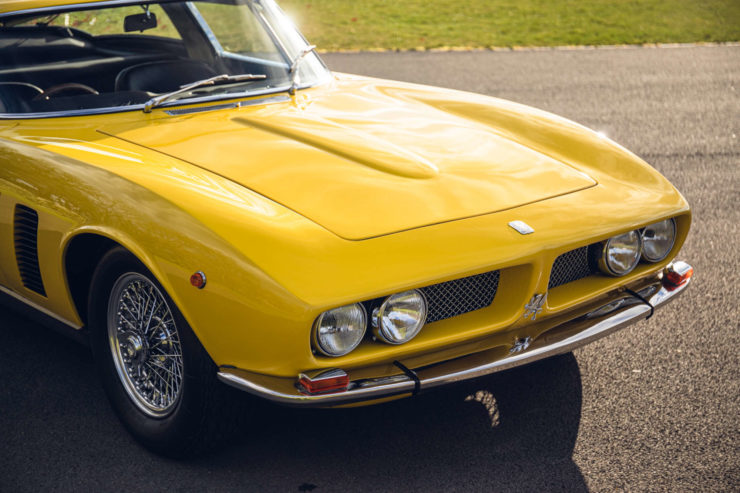
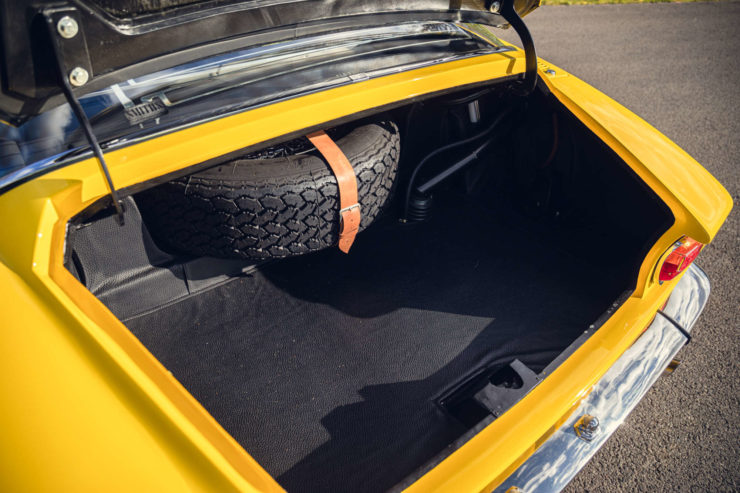
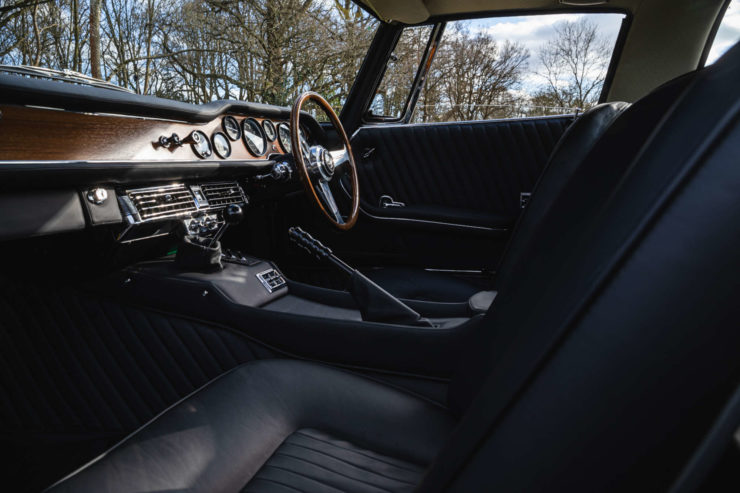
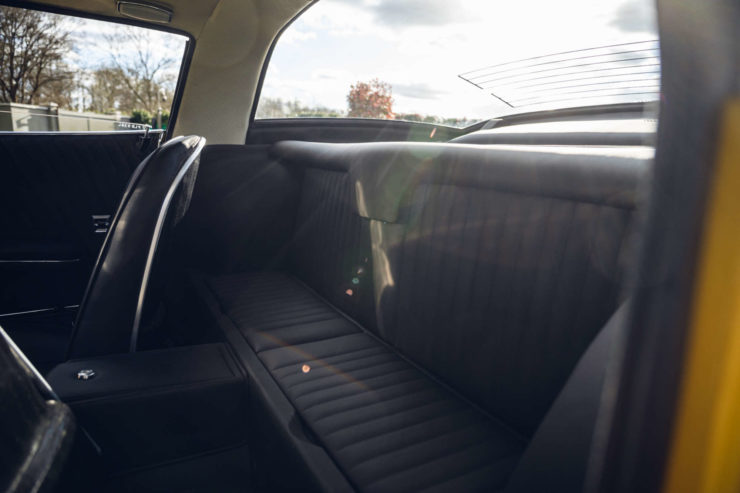
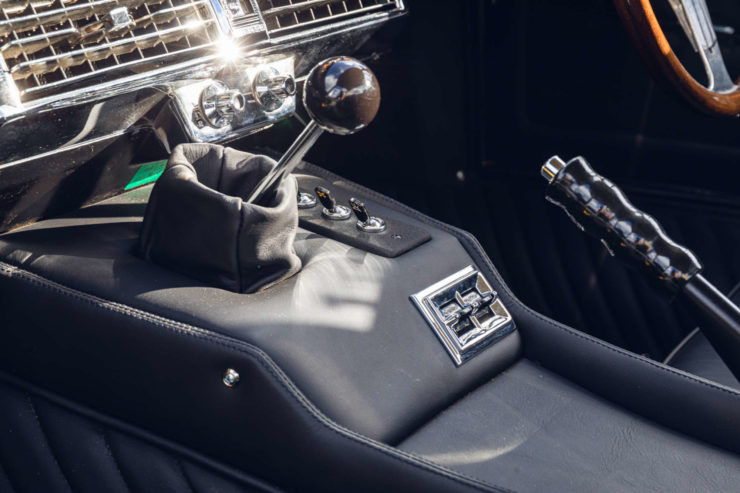
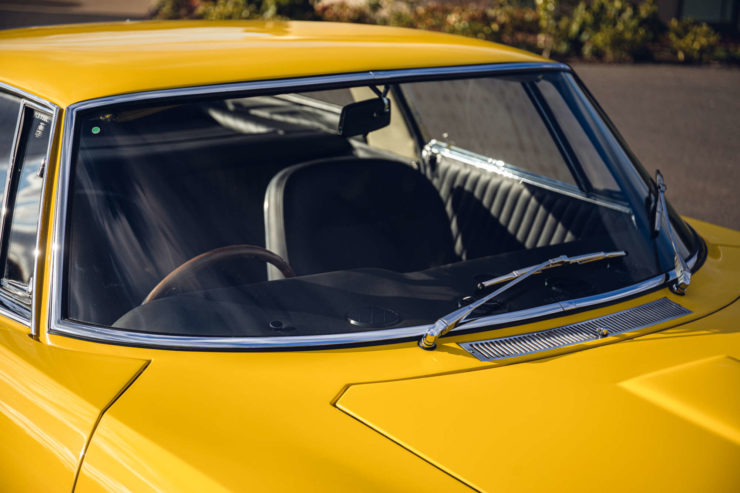

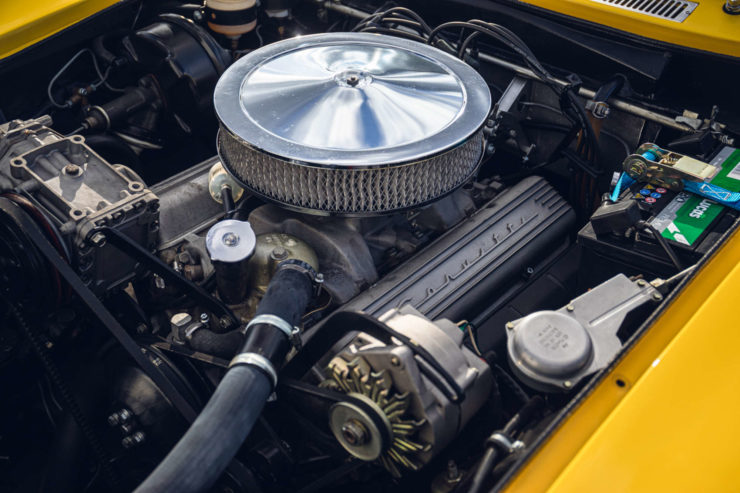
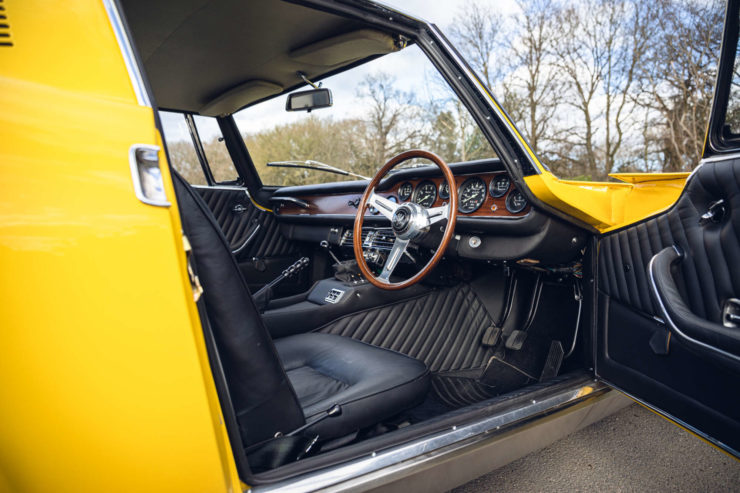
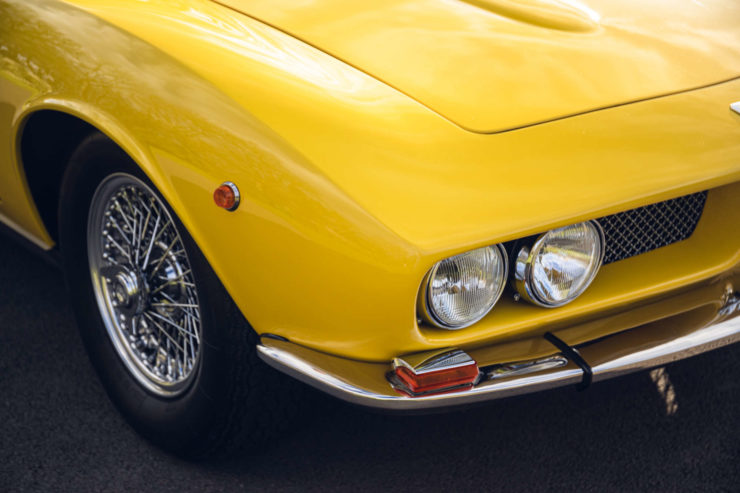
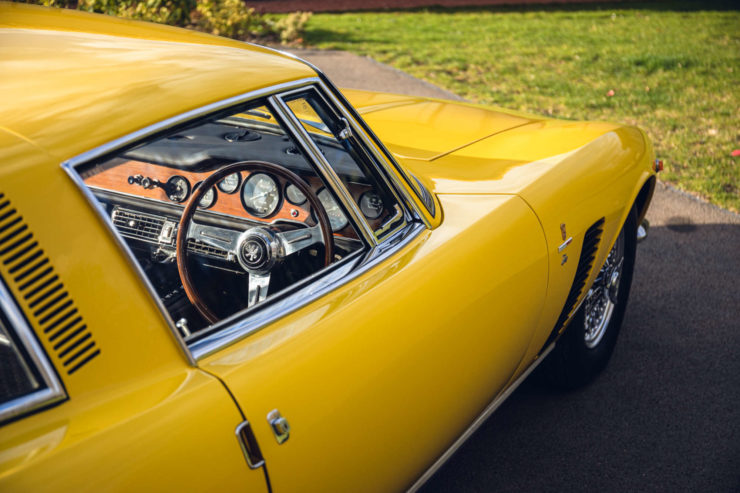
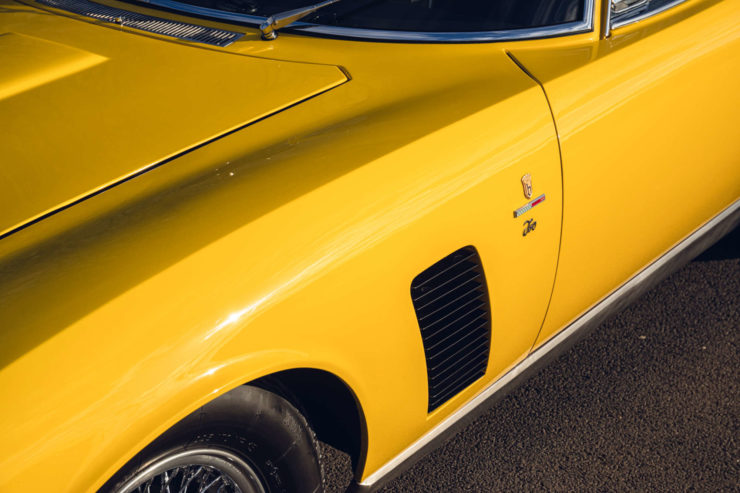
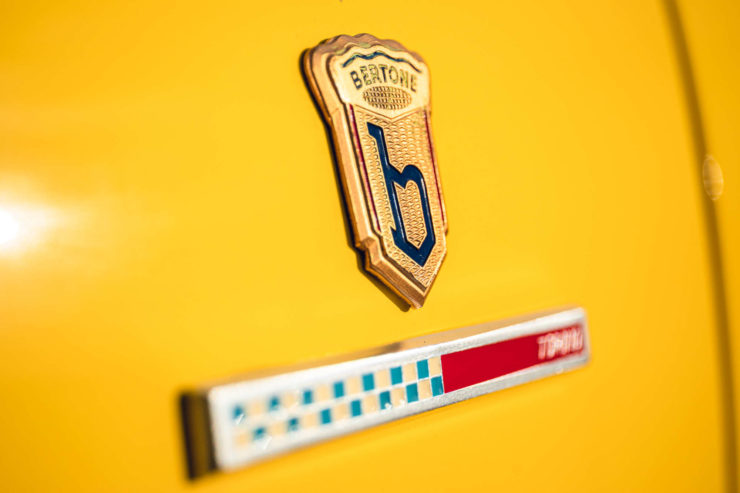
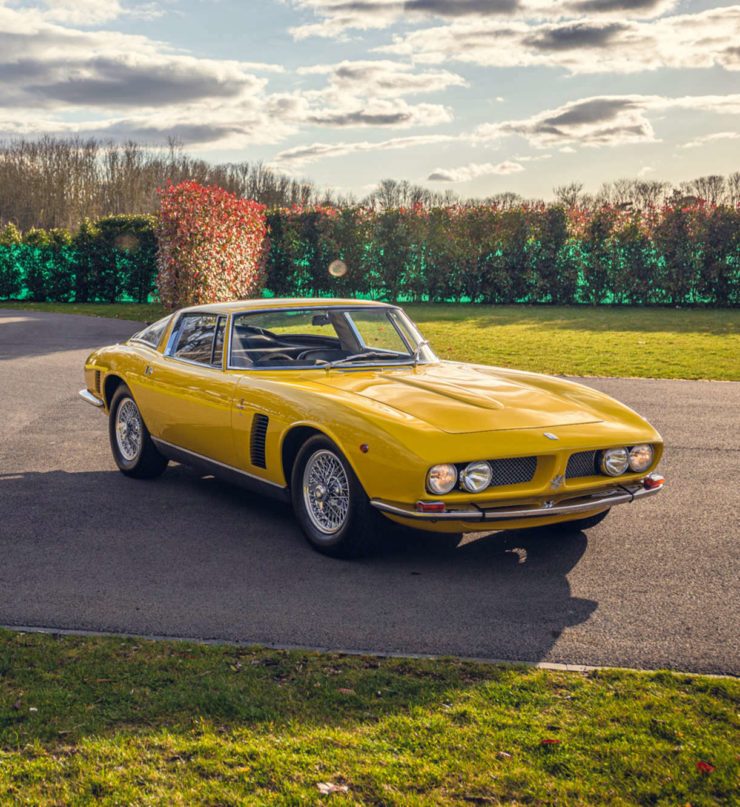
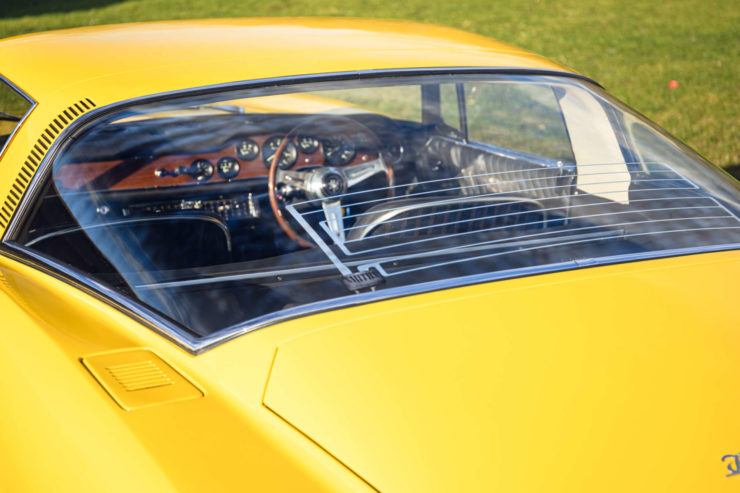
Images courtesy of Silverstone Auctions
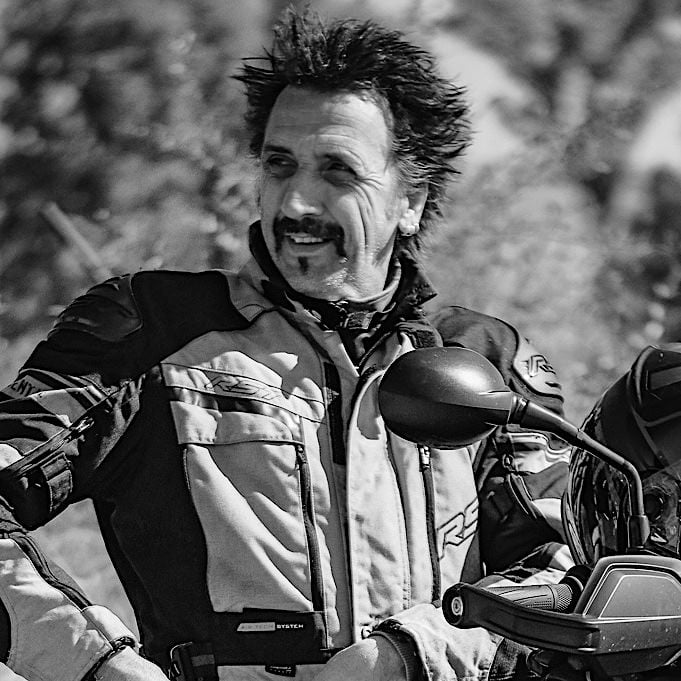
Harry has been obsessing about cars and motorbikes for over 45 years, driving and riding them for 38 years and writing and talking about them for 15 years. In that time, he has ridden everything from an Aprilia to a Zundapp, from an Abarth to a Zagato from the 1920s to the 2020s.
His favorites are the ones that didn’t break down and leave him stranded. While he loves the convenience of modern cars and bikes, he likes nothing better than getting his hands dirty keeping old crocks running, just as long as it’s not by the roadside, although that has happened many times!
His passion for anything that moves under its own steam remains undimmed, even if sometimes it is detrimental to his sanity and his wallet.
